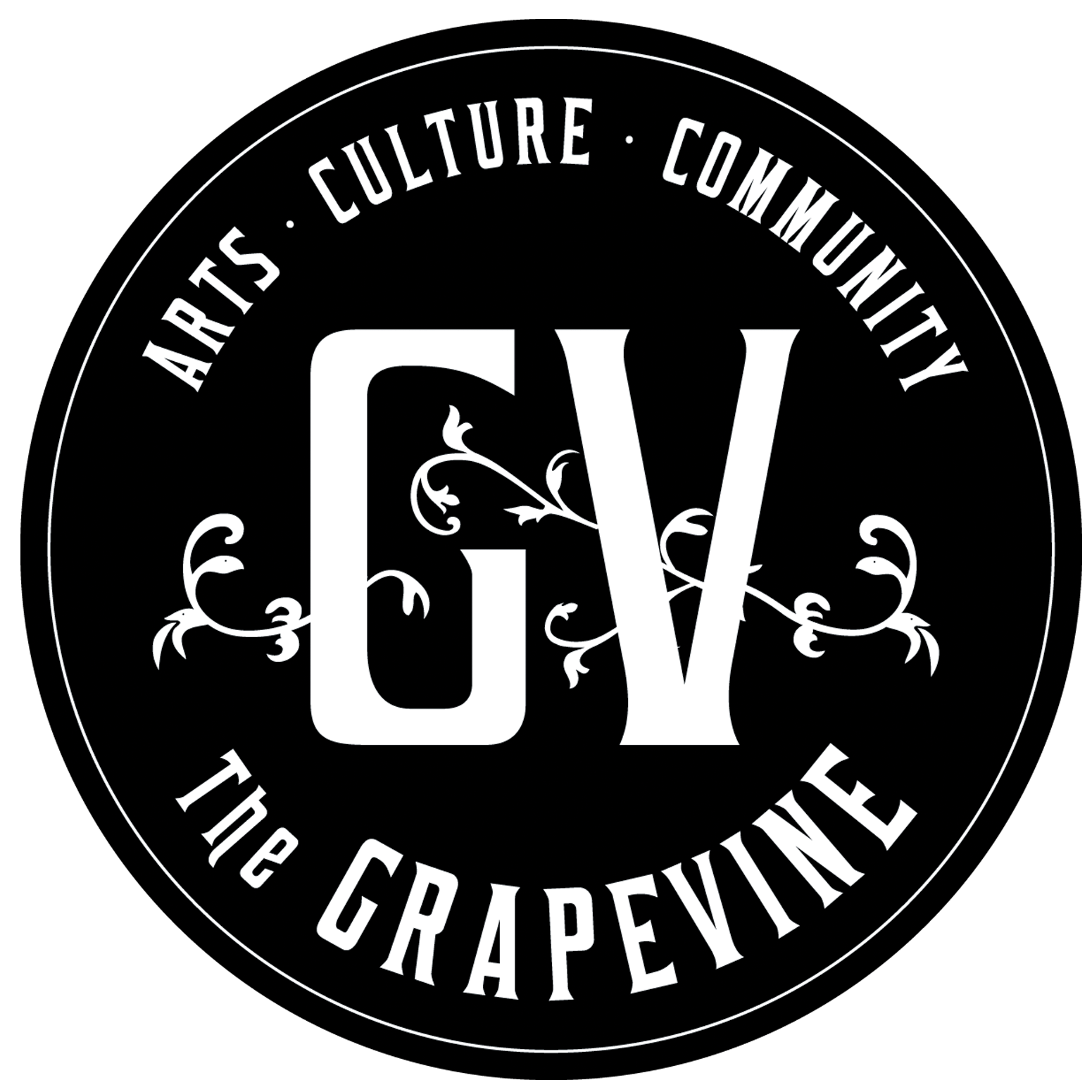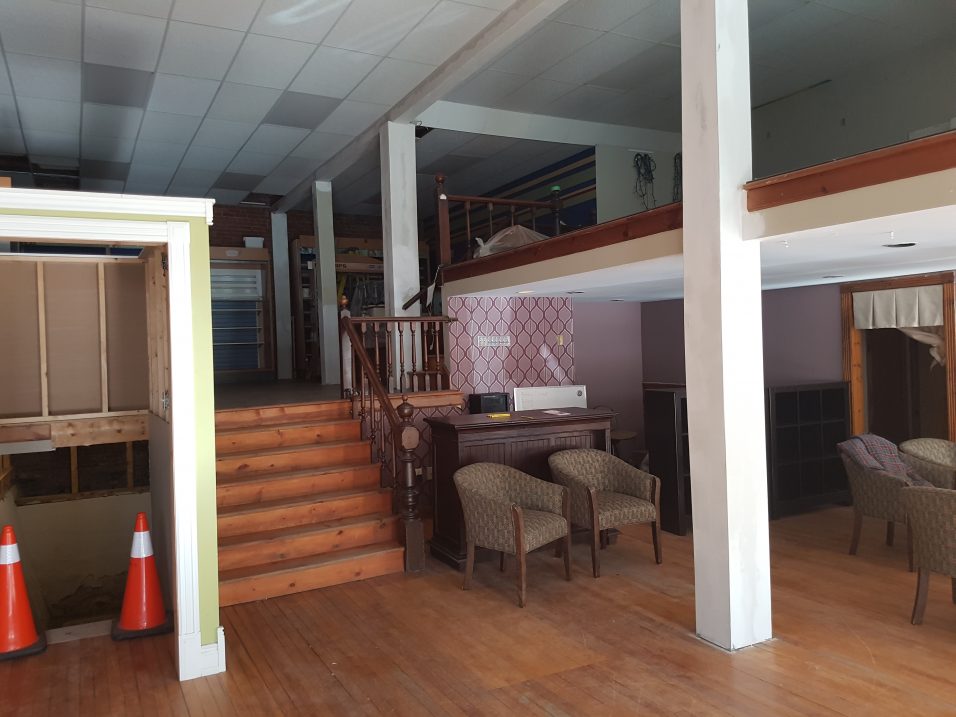Windsor Makers: A Democratization of DIY
By Genevieve Allen Hearn
On Monday, February 12, Catherine Jamieson and Kathy Monroe planned a community meeting to discuss the launch of Windsor Makers. Expecting twenty-five people, they scrambled to find chairs when over seventy-five showed up. “We are re-inventing the idea of tribe,†says Catherine, who sees maker spaces as a way to connect our communities.
Let’s pause here for a moment. If you’re like me, you’ve heard a lot of buzz about makerspaces, but also get lost in the confusion of different models that are appearing. Here’s a brief introduction to the world of makerspaces that might help you navigate this evolving concept.
While the maker movement has existed for ages through hobbyist, art and crafts groups, shop classes, and science fairs, it found a cohesive voice with the launch of Maker Media in 2005. The movement then gained momentum with events like “Maker Faires” (“the greatest show & tell on earth”), and maker markets, giving folks with a do-it-yourself mindset a collective gathering point.
Around the same time, MIT launched a Fab Lab program, which provided digital equipment and tools for designing and creating products. Fab Labs are connected to a global knowledge sharing network, and the program is closely aligned with the free and open source movement, which espouses openly sharing source code so that people are encouraged to voluntarily improve the design of the software.
Makerspaces often blend these movements together and combine manufacturing equipment, community, and education, for the purposes of enabling community members to design, prototype, and create manufactured works. They democratize DIY culture.
Makerspaces generally include two types of equipment: dirty and clean. Dirty equipment includes the sort of gear one would see in shop class: drill presses, table saws, CNC lathes, mills, and routers. Clean equipment is what one would find in tech ed class: 3D printers, laser cutters, vinyl cutters, injection molders, and computers. Some makerspaces embrace both, and some focus on one or the other.
Catherine and Kathy are opening a makerspace in Windsor that blurs the lines. They want community members to treat it like “the modern-day community hall.†Windsor Makers will provide both dirty and clean equipment, and offer programming that will go beyond DIY topics. The impetus for this project was a perceived “gap of knowledge in the younger generations.†The co-founders noticed that many life skills weren’t being taught anymore, and they see the space as an opportunity for cross-generational exchange. Catherine states, “seniors are looking for something to do, and ways to pass on their skills.†They have many community members, young and old, that are ready to teach a variety of topics from robotics to felting.
The founders want to attract members that are serious about a career in a creative industry as well. One of their grand visions is that makers will use the space as a jumping off point, and eventually sell their work out of shops in Windsor. They point out the retail potential in Windsor, and how the creative economy could transform the downtown core.
A tour of the 4,000 sq/ft historic brick building on Gerrish street starts in the gathering space, where there is a large table with comfy chairs, perfect for meetings or playing board games. To the left is shelving for a retail space, where makers can sell their work. The space has an open concept, where both the second and third platform can be seen from the entrance. On the second platform, there will be a screen section, where members can tinker on computers, play video games, or watch films. The third platform will be an area where members can take part in clean activities such as sewing, quilting, sketching, and knitting. To the right of the entrance is a doorway to another section of the building. This bright space will be where the dirty equipment is kept – things that might create dust or noise such as woodworking or welding equipment.
Both Catherine and Kathy have a background in business, and they are demonstrably passionate about community building. Kathy is a District 2 Councillor for West Hants, and Catherine formally ran the Utata Art Gallery in Windsor. Neither has come to this project with an agenda. They are both personally financing the project until it becomes self-sustainable.
The goal for the first year is to reach 250 memberships. Members will receive free use of the space, equipment, and materials between 10am and 10pm, seven days a week, a discount on workshops, free activities, and the chance to sell their work in the retail space. Day passes can also be purchased for $5. Catherine and Kathy are not relying on funders for support; they believe that community enterprises need to be treated like businesses. As such, the project will not be sustainable without community support. “The model,†Catherine says, “is that we pool our resources to then share them. But you have to be willing to give in order to take.â€
There is a wishlist of items on Windsor Makers’ Facebook page, and a call for volunteers and suggestions on their website. Visit makerswindsor.com or facebook.com/makers.windsor to get involved.

